The Article
EVO 4.2 Speakers From Wharfedale
14th May 2020
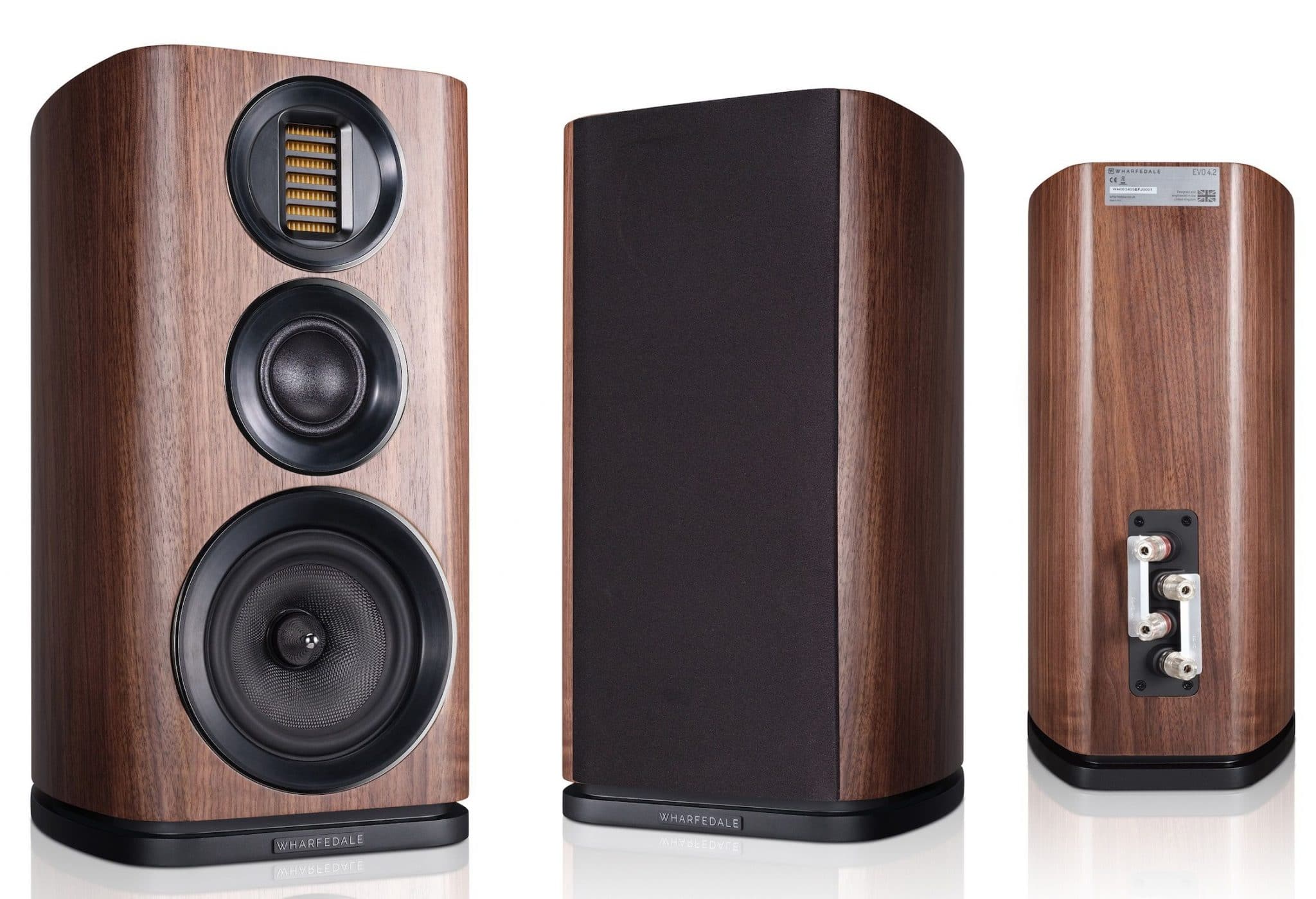
A relatively large stand-mounted design, Paul Rigby gets to grips with these 3-way designs
For a pair of stand mounters, as they sit there, on top of my speaker stands, the EVO 4.2 speakers look big. They look imposing. They, and let me make this absolutely clear…loom. They loom at you, folks. You walk into a room and you might think there’s a pair of intruders standing in your listening room. I don’t know how many times I reached for 999 during this review and then grabbed my heart in relief when I realised who they where.
That’s your EVO 4 series as a whole, really. A six-speaker series that uses technologies live and direct from the Elysian series of Wharfedale speakers.
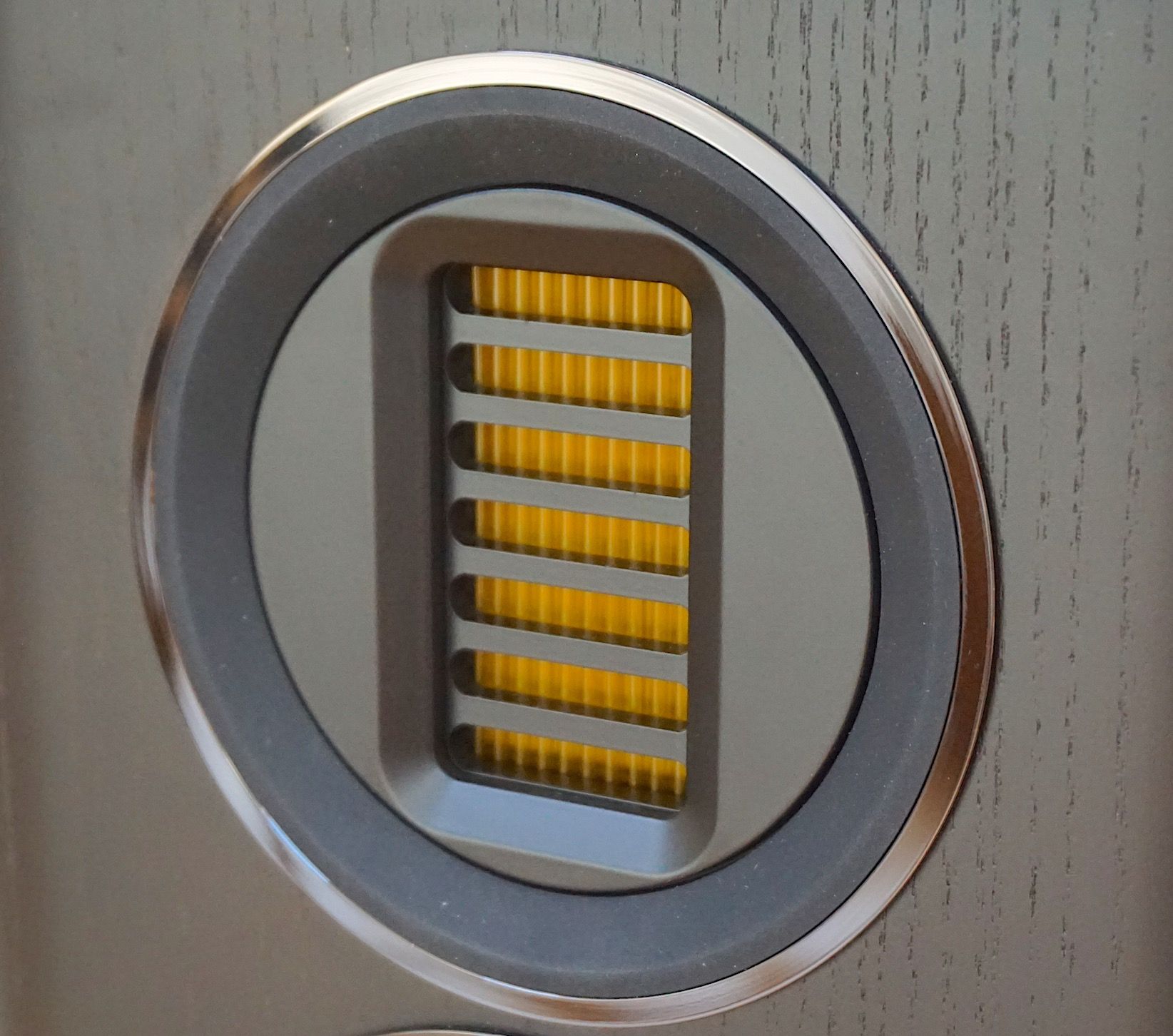
Looking at the front, up top you’ll see an AMT tweeter, spanning 55 x 80mm. This Air Motion Transformer was created for the Elysian range and features a pleated diaphragm, driven by rows of magnets which force the pleats to contract and expand to the music. The waveform is created as the air is squeezed between them.
According to Wharefedale, this system offers an improved and finer sense of control. Much more accurate, says the company, than a bog-standard dome tweeter: larger bandwidth, higher speed, lower distortion…all that good stuff.
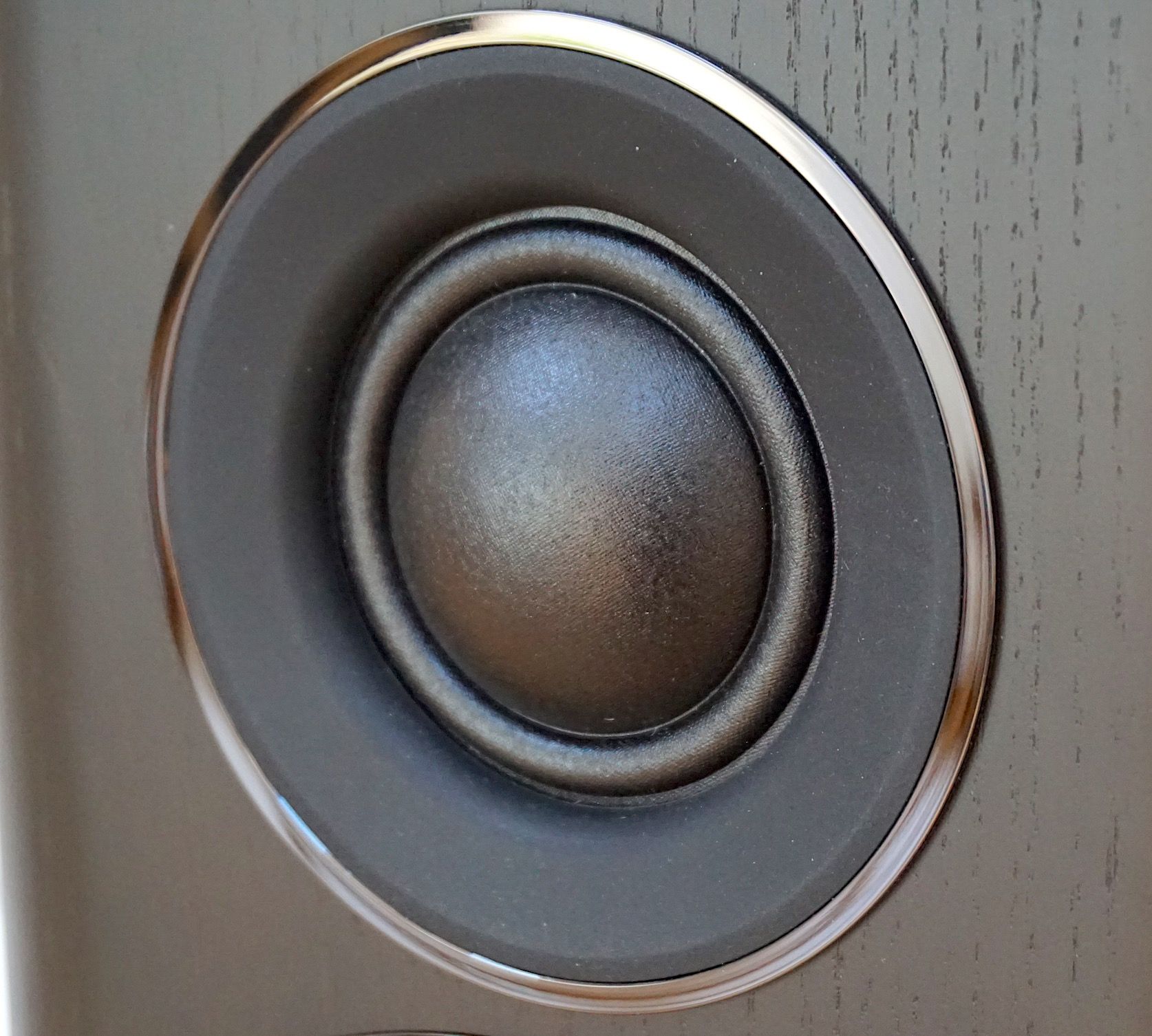
It’s nice to see a midrange unit in a modern speaker. I see so few of them nowadays. I miss them. This 50mm soft fabric-domed unit is linked to a damped rear chamber while the dome is itself damped by plasticiser and offers a bandwidth of 800Hz to 5kHz, backed by a high-flux magnet.
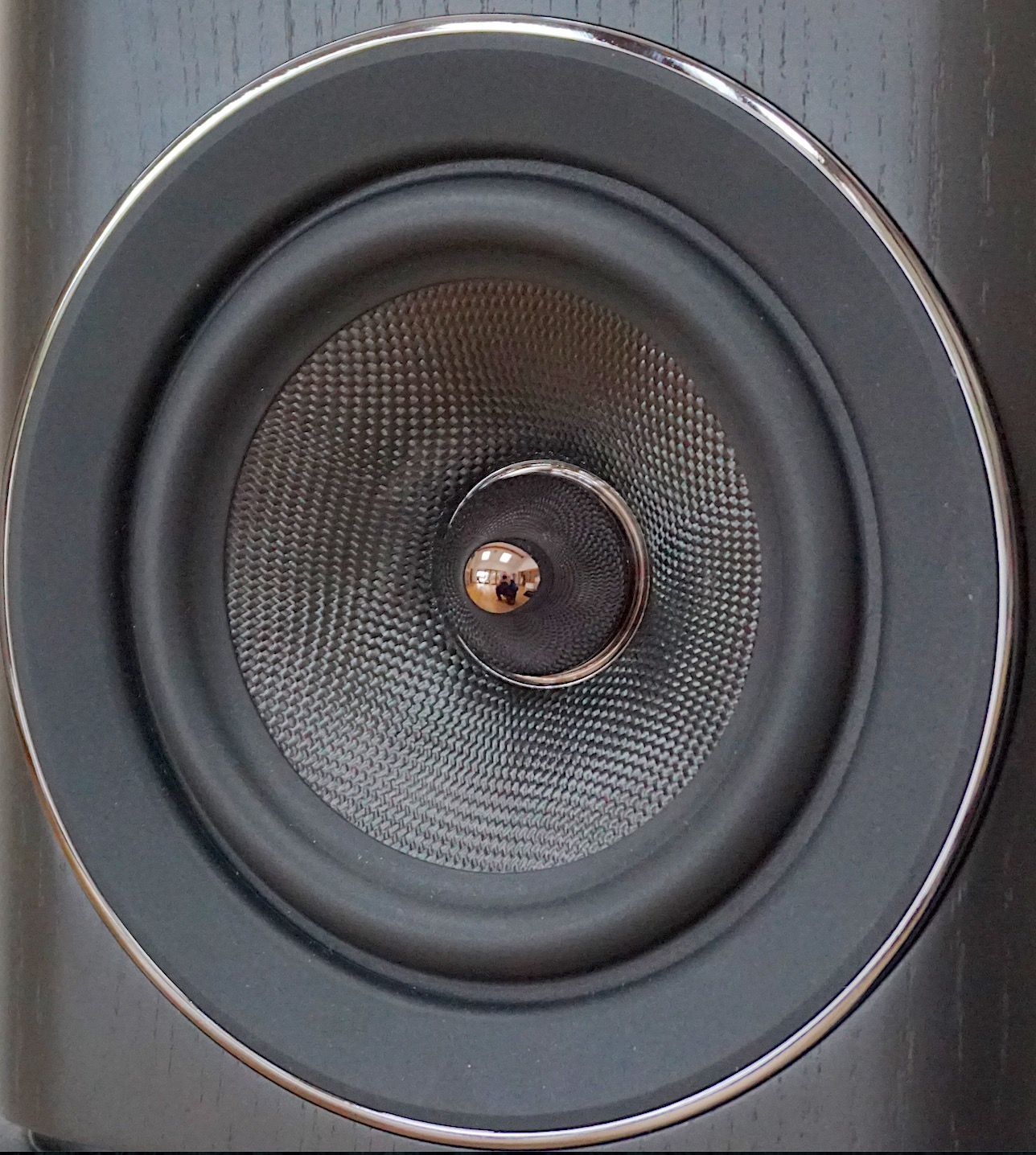
Way down into the bass regions, you’ll find a Kevlar-based unit, spanning 150mm. That material you can see in the centre (image above) is a woven aramid fibre.
Keep moving downwards and there’s a slot-loaded port that’s at the base of the unit. It’s easily missed by the eye so I’ve offered you an image here (below) so you can see what I’m babbling on about.
This SLPP (Slot Loaded Profiled Port) receives the lowest frequency energy, profiled, says the company to, “…equalise the high internal pressure to the low pressure in the room.”
The idea is to lower distortion and increase efficiency while reducing positioning issues.
The chassis itself, made from a multi-density wood sandwich, has been damped. The sandwich construction helps to reduce panel resonance while preventing sound leakage.
These 8 Ohms speakers offer a decent sensitivity rating of 90db so you’ll only need an amp upwards of around 25W to drive them.
Weighing in at 13.4kg each, the speakers each span 455 x 250 x 340mm.
So what do these house breakers sound like then?
SOUND QUALITY
I began with jazz-vocal from Morgana King’s 1973 Paramount LP, New Beginnings… and the track Like a Seed.
This period piece offers a fascinating arrangement because it provides a host of backing instruments of varied textures and range. Also, during the chorus, it’s almost as if the producer has said, “OK guys, just make lots of noise.” Hence, King hits the crescendos and never lets go, the harmony chorus tries its best to sound like slightly exasperated angelic angels while the backing sounds like a band interlude from The Muppet Show. It’s a pleasant racket and one that offers a challenge for any speakers that might meet the whole thing, head on.
And the EVO 4.2 speakers did just that.
You really have to talk bass from the off, with the speakers. There’s just no getting away from that frequency here.
Have you ever walked into a room and immediately sensed a feeling? Whether that might be an air of tension or one of joy? The room has an underlying tone. Whatever is going on in the room appears to rest upon that feeling?
Well, the 4.2s had that too and bass was that underlying feeling. Bass wasn’t dominant here. With the EVO 4.2s, it’s not like you’re listening to a pair of subwoofers. These speakers didn’t swamp the upper frequencies.
Nevertheless, bass was everywhere. It was infused in every part of the soundstage. It occupied the space like a furnished room. The wallpaper, the carpets, the soft furnishings? All bass. The lighter stuff? The upper frequencies and the finesse offered by these Wharfedales lay upon the bass, coating the 4.2 speakers.
So how did this manifest itself during play?
Well, it gave music a strength but also a real confidence. As I say, bass didn’t dominate to any great extreme here. It never bloomed or strayed too far from where it should be but it acted like the foundation of a house. The sonic structure was given authority by the bass. Bass enabled the music to roam and venture forth with more self assurance than you might normally hear.
It also provided a midrange composure that prevented any form of smearing, increasing focus and increasing tonal balance. King’s crescendos provided precision instead of what it normally wanted to do and that’s to blur out on the top end. Guitar strums provided detail and insight but also great control while bongo taps offered weight to each trike but also air and space during minor reverb.
Moving further upscale into the treble, cymbal hits and bell taps provided the delicacy you would hope for with reverb tails here and there to please but the bass focus added a sense of weight to each cymbal proving a certainty to each tap.
The low noise response was also welcome. During the cacophonous chorus sequences, what I’ve always thought were slightly frantic piano bashes turned out to by harp string plucks after all! Well, I never.
Hence, the bass and the treble provided true sonic bookends for a host of midband detail that entertained and delighted while the bass itself acted like a football coach, encouraging and influencing the rest of the music to greater heights.
I then turned to prog and Greenslade’s Time and Tide, on WEA from 1975.
As you might expect, the bass was a major part of this track. The deep and thumping bass was the heart of this song, providing an often dead-stop bass thud which was very effective but the Dave Greenslade keyboard sequences were significant too, offering a sweeping analogue, string-like tone that was rather gorgeous in its implementation while bass guitar provided an underlying rhythm to push the music onwards.
I did notice a slight bite in the midrange on rare occasions. An aggressive vocal snap would produce a slight midrange bark to accompany emphasis in delivery but that seemed to be a by-product of the accompanying precision from the speakers as a whole. Not a big deal and it didn’t overly concern me but it’s something to note during a demo.
What was surprising was the mobility and emotion from the lead vocal and the lead electric guitar. Bass never dragged upon these two contrasting sounds. They were both lively and light on their feet. Again, cymbal taps provided finesse but the bass added weight to this instrument. You got the feeling that a heavy piece of metal was being hit here.
CONCLUSION
In terms of physical bulk, the inherent design, that bass presence, the detail and authority, allied with a superb tonal balance and a sense of focused clarity, the EVO 4.2 speakers are wholly impressive. What I had to check twice here was the price point. For that price, the Wharfedale EVO 4.2 speaker’s offer incredible value for money.
WHARFEDALE EVO 4.2 SPEAKERS
Price: £599 (for a pair)
Tel: 01480 452561
Website: wharfedale.co.uk
TO BUY CLICK BELOW:
USA – https://amzn.to/35Wi99R
EUROPE – https://amzn.to/325hhi1
GOOD: bass authority, tonal balance, midband clarity, imaging, value for money
BAD: nothing
RATING: 8
[Don’t forget to check out my new Patreon Page at www.patreon.com/audiophileman, for exclusive postings, giveaways and more!]
REFERENCE
Tellurium Q cabling
Blue Horizon Professional Rack System
Harmonic Resolution Systems Noise Reduction Components
All vinyl was cleaned using an Audio Desk’s Ultrasonic Pro Vinyl Cleaner

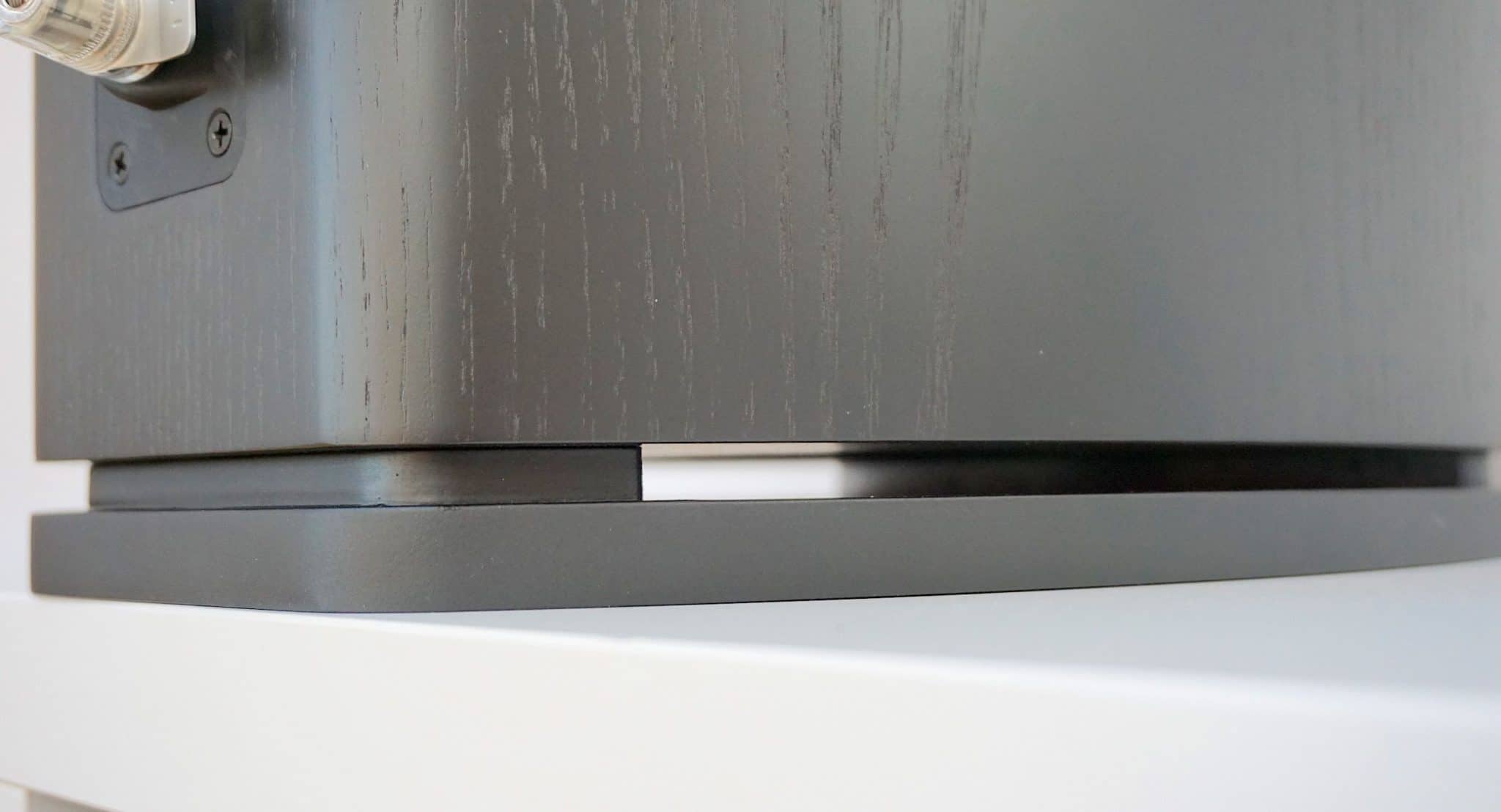
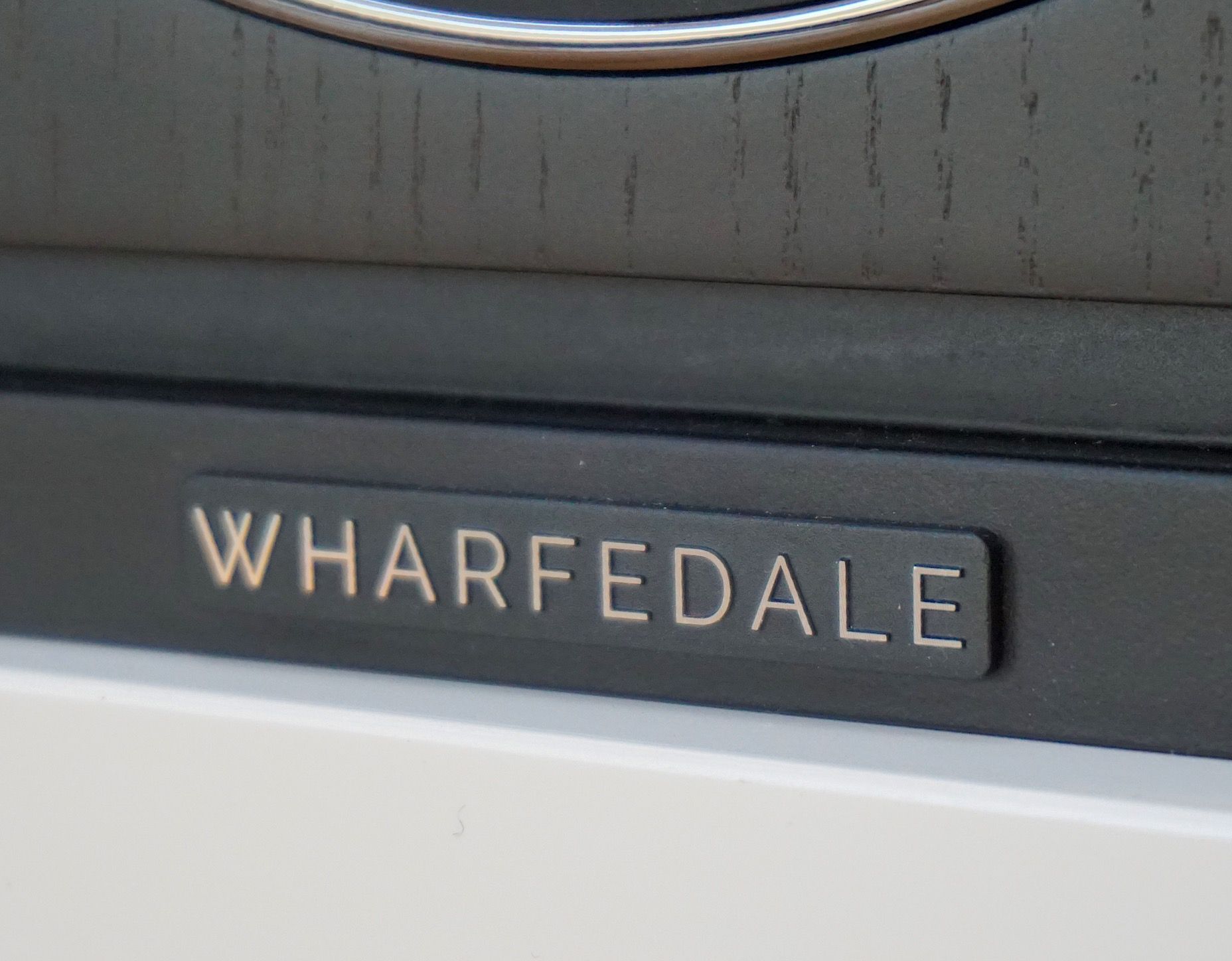
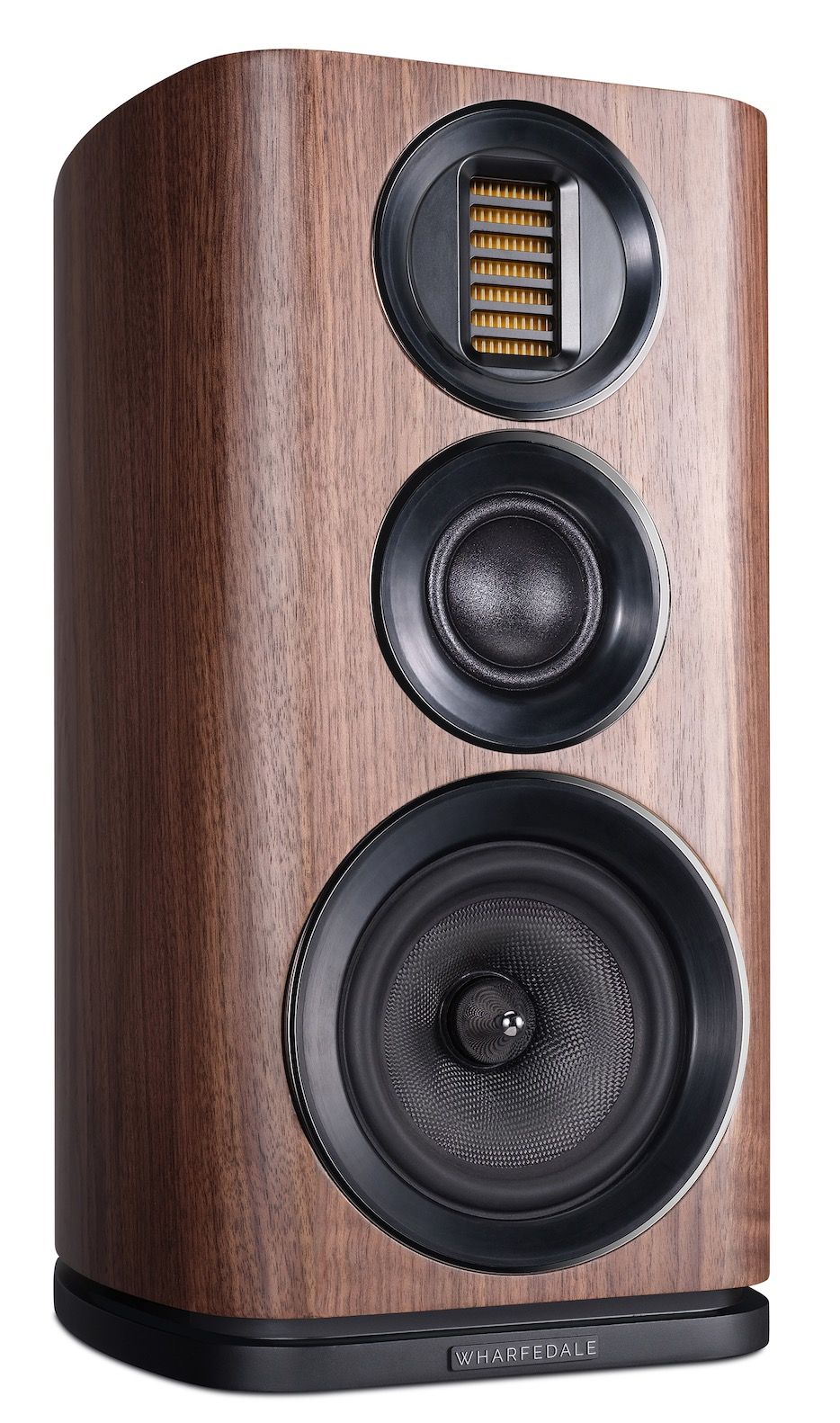
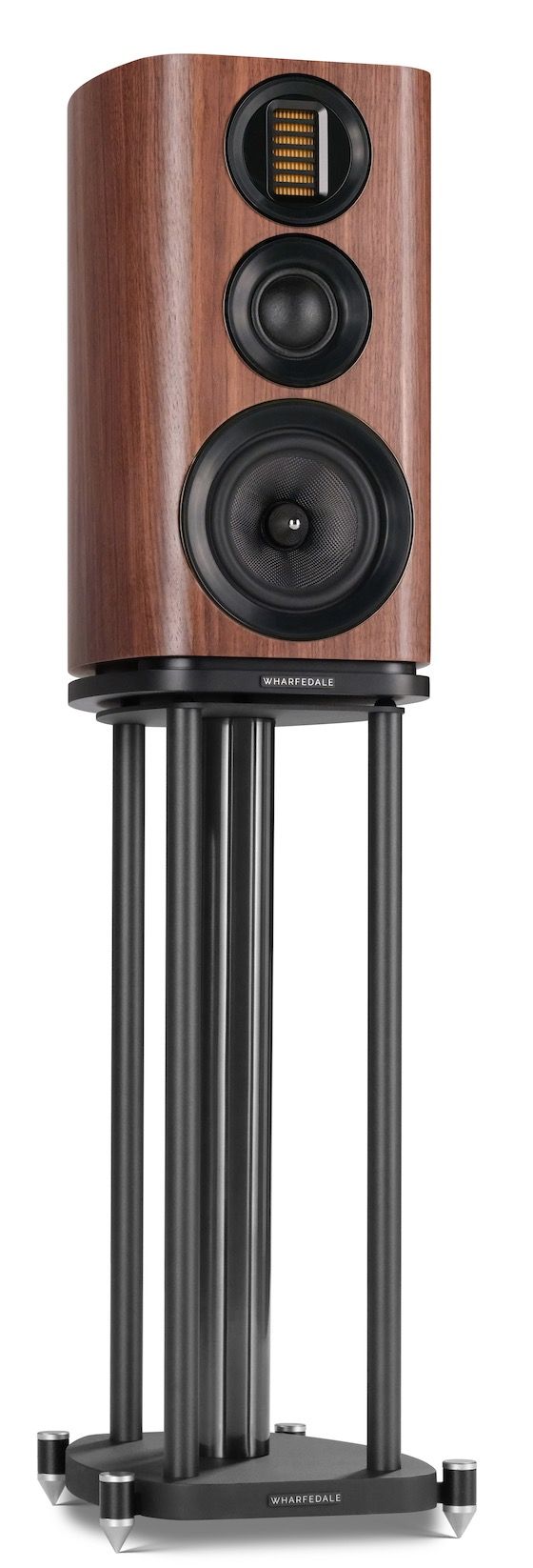
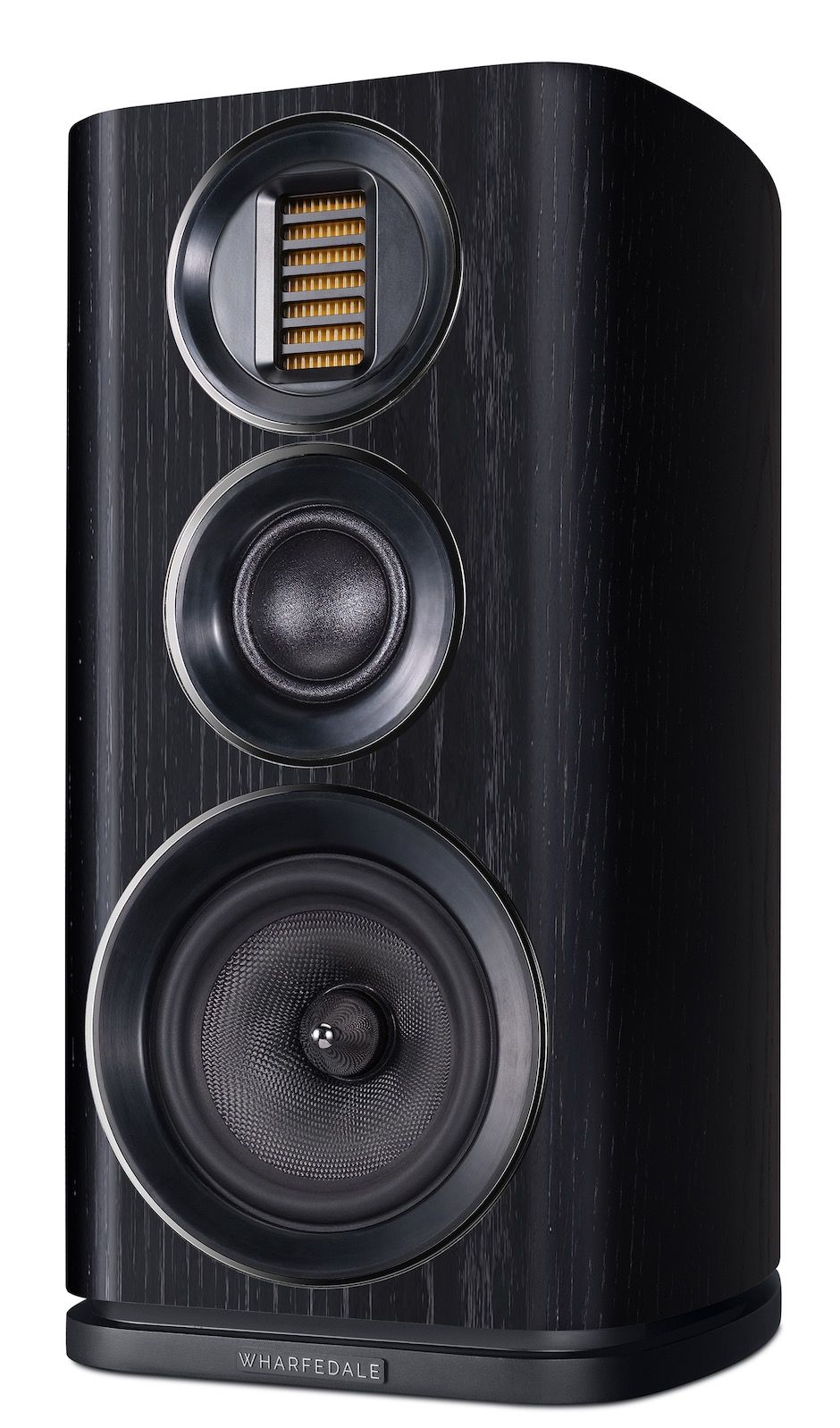
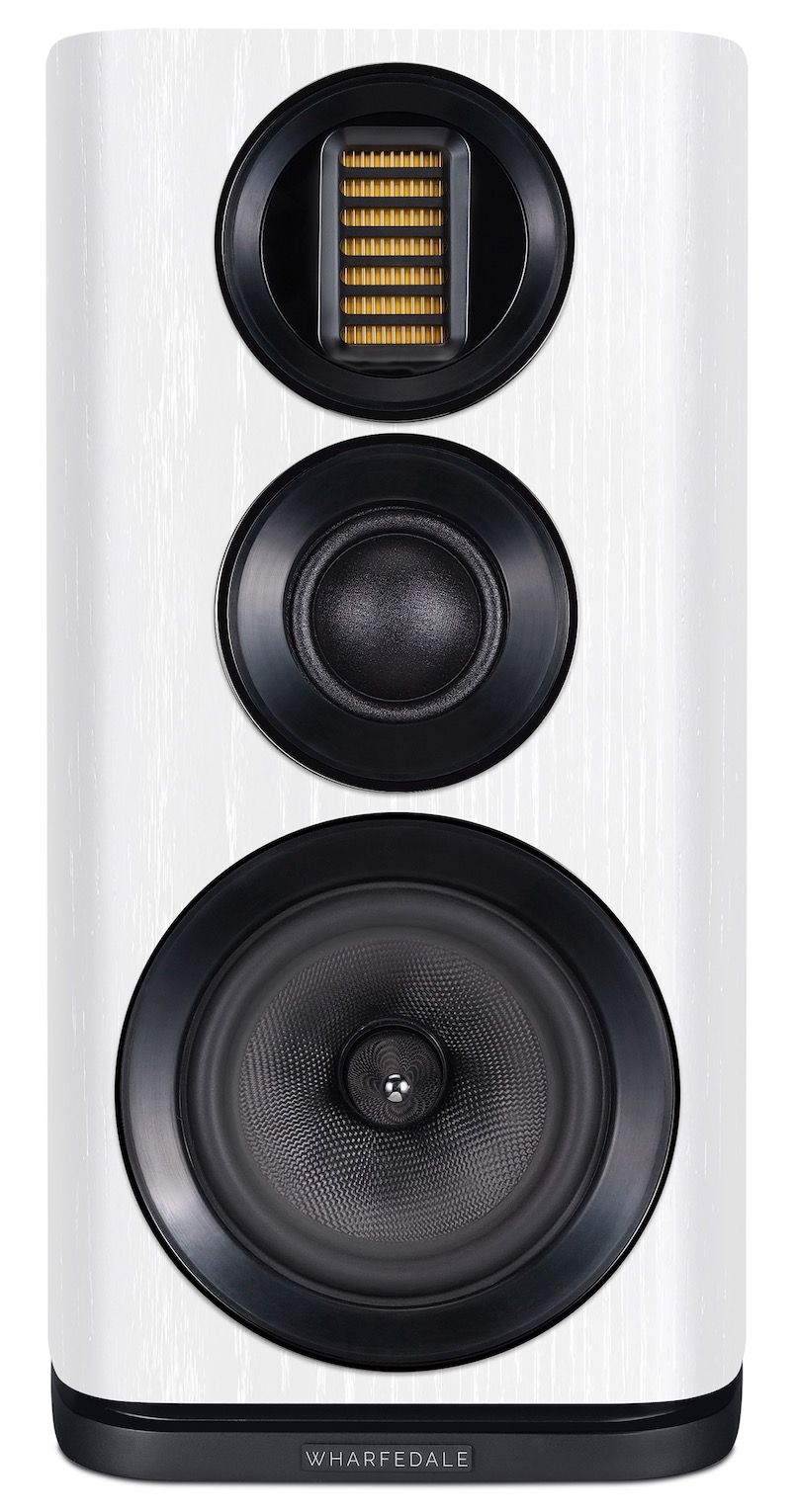
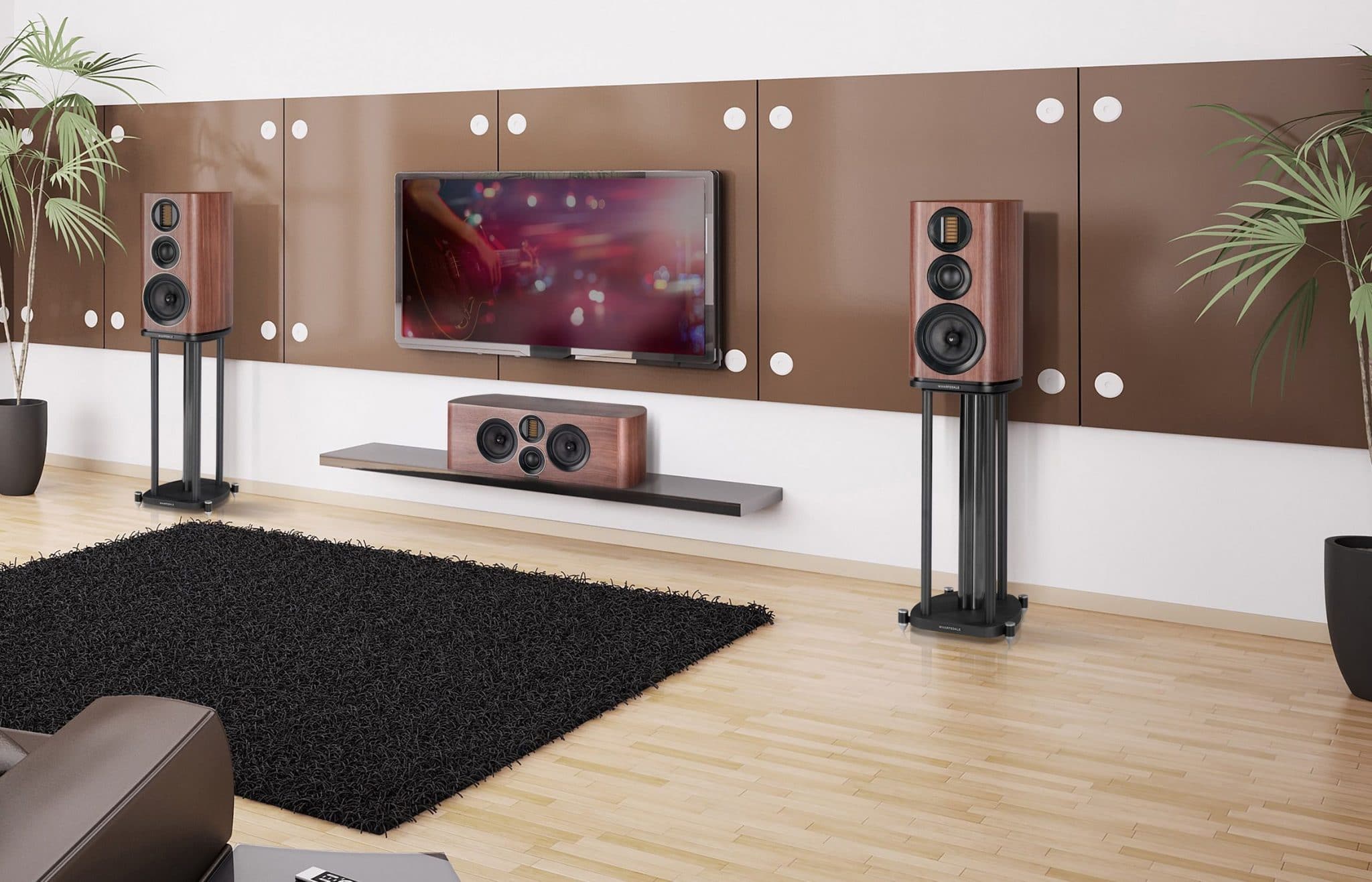
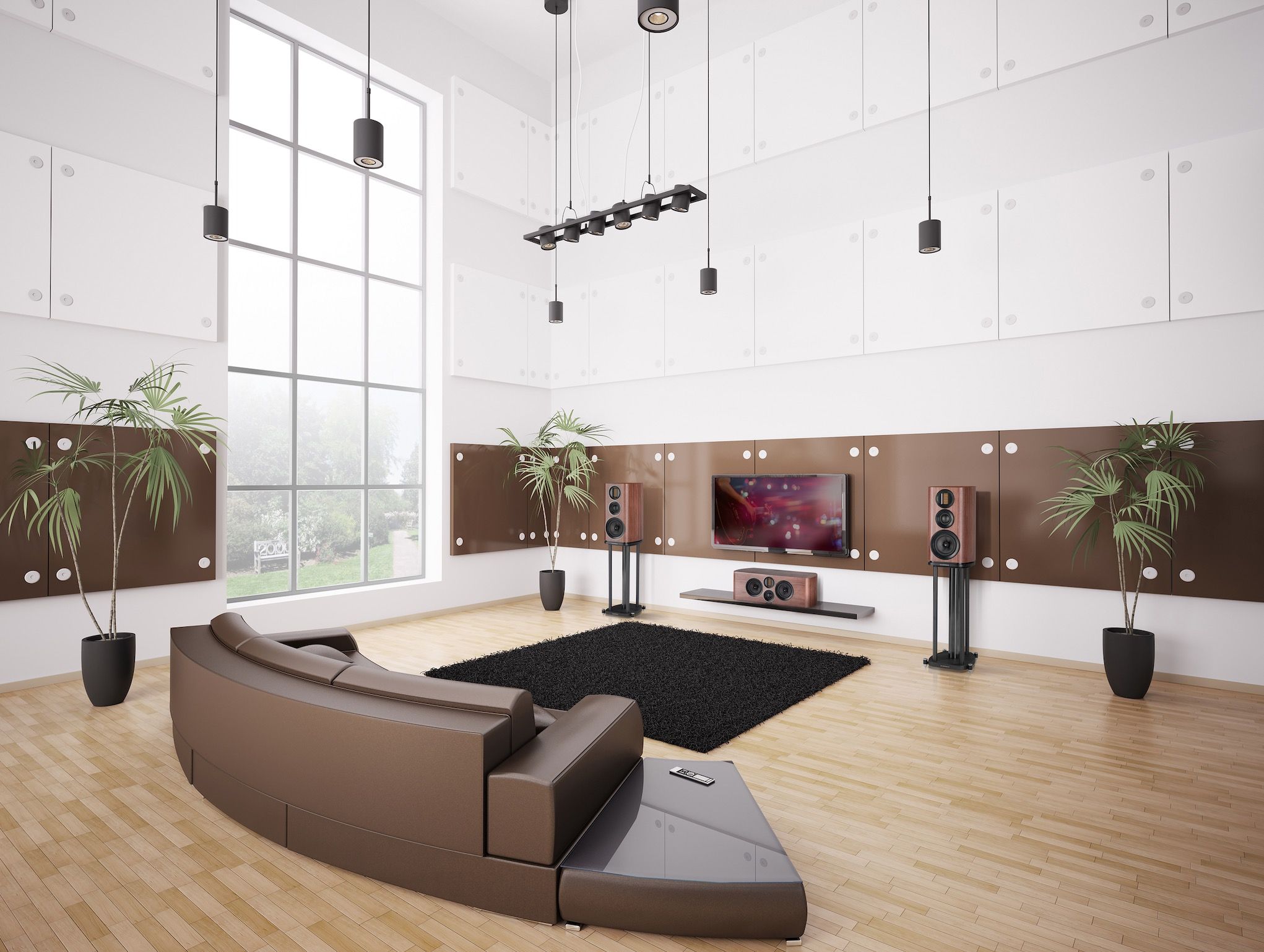

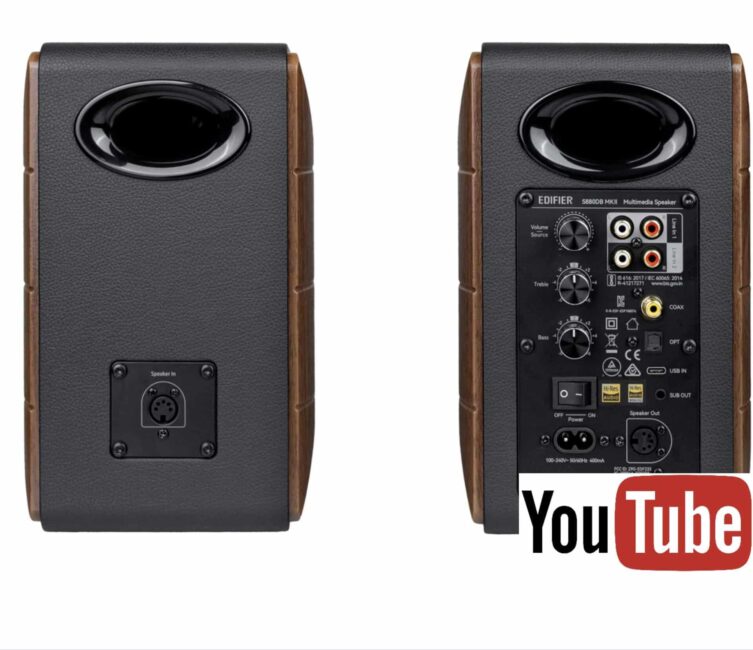
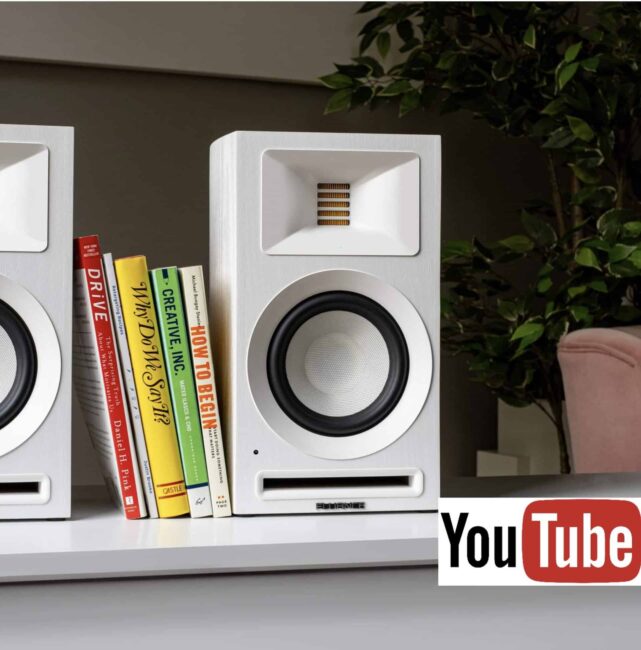
Hello!
Very interesting and good review/test!
I am interested in wharfedale loudspeakers, I collected them for years.
I had mach, modus, vardus, diamond, pacific series but after a lot of wharfedales now I use a german Heco Elementa 300.
It is a very good bookshelf loudspeaker but if I find better in wharfedale bookshelves I will try. ü§îüòâ
4.2 is not available in Hungary.. Hmmm..
Hi,
Curious what amp you reviewed these with?
Cheers in advance!
Hi Michael – for all reviews, to view the reference system used, just scroll to the bottom of the review to see the list.
Thanks Paul. Did you feel the Audiolab 6000a drove the 4.2’s well? Did you happen to hook these up to anything else with more power?
I already own these speakers and am considering a new amplifier to replace my 1978 TEAC AS-M50 in my primary set up. The 6000a is on my shortlist, but am wondering whether something with a little more grunt than the 6000a would be an even better match? Though price wise its a solid step up to something like the Audiolab 8300 or Cambridge CXA81, so I’d prefer not to throw my money away on something I didn’t need!
Yes, the pairing was fine and yes again, I tried them with a pair of Icon Audio 845 mono blocks and an Aesthetix pre amp (valves again). Which sounded even better 🙂 More grunt is a fair aim. Depends on your budget though.
I’ve searched these speakers to see what wharfedale subwoofer should be paired.
Also their catalogue that show rooms with no subs.
Nothing found.
Have you a suggestion? 12″ 10″
Hi Paul, how are you doing? How would you compare these with B&W 606 or even the Spendor A1? Which one would be your choice? Thanks
I’d choose the 4.2s over the 606s. The latter are excellent but, for what they give, I think either the A1s or 4.2 edges them out, depending on which element of the sonic spectrum you examine. The A1s are better behaved than the 4.2s, more cultured and responsible. With the 4.2s, you have the tiger by the tail. They have power and grunt but can be a touch unforgiving in the mids, on rare occasions, during high-energy crescendos. In tonal balance terms, they are the best of the three and the more exciting of the three.
Thank you very much Paul for your sharp in depth answer. Cheers
Not a problem, Ionut.
Hi Paul and sorry to bother you again… Any thoughts on the Focal Aria 906 compared with the ones already mention above? Thank you
Big impressive but there’s better out there, Ionut.
“mentioned” sorry
I suppose Evo 4.2 are better than the focals?
I would choose the 4.2s myself, put it that way.
Hi Paul, thank you for another insightful review. I am wondering if you have any plans to review the Evo 4.4’s in the near future? Thanks!
No plans Miguel because there’s a long queue of other items here to look at but, you never know, sometimes these review just pop up out of nowhere 🙂
How would you compare the Evo 4.2 to the Monitor Audio Silver 300? I realize maybe we are not talking apples to apples here, since the MA’s are towers, but I wonder what your choice would be in terms of overall sound quality and soundstage?
Hi Miguel – the 300s offer a more refined and mature presentation but then they’re more expensive so that shouldn’t be a surprise. The 4.2s offers great solidity, confidence and power.
Could you please give views of Evo4.2 vs Kef LS50 vs Fyne F500? Especially on tone and soundstage.
Hi WM – I haven’t reviewed the KEF or Fyne designs. I’ve had ‘casual’ experiences, you might say and colleagues have used them too so this advice must be received with a certain amount of caution. The KEFs sound bigger than their small box design, bass is good. The mids can offer a slight emphasis at times but so can the 4.2s. The Fynes can be a tad edgy in treble terms and they need a disciplined amp to get a grip of the bass. I’d still go for the 4.2s.
Hi Paul,, for pairing with 6000A, would you choose MA silver 100 or Wharfedales? The backdrop would be some jazz, plenty of female vocals, acoustic guitar…
For that flavour of music, maybe the MA speakers, Ivan. Actually, before you open your wallet. Check out a new review I will post this week. Which might add another to your list.
Great, thank you! Really looking forward to the forthcoming review then!
Hey Paul, whilst exploring something very different, I stumbled upon an intriguing proposition: Q Acoustic concept 40. Given that they are going for under £700 at the moment, how would they compare with MA Silver 100s?
I’m not exactly sure, to be honest because I have yet to compare them but the 40s are very nice indeed and if you can grab them on a deal then go for it.